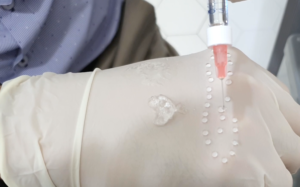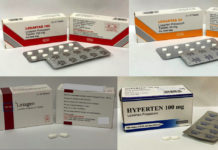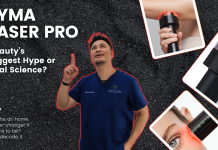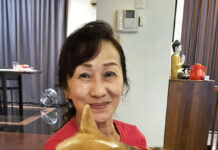
There are many dermal fillers on the market. The most widely used fillers today are made up of Hyaluronic acid (HA) – a sugar molecule which is already present in our skin.
However, the HA fillers we use for anti-aging in our clinics behave vastly different from the HA we have in our skin. While HA in its native form is very watery, and lasts only for a few days, HA fillers have been chemically modified through the creation of long and short chains, and through the addition of cross linking agents, to create a large variety of fillers with different viscosity, elasticity, plasticity, and cohesivity. These are properties are also known as the rheology of the filler.

For instance, I would choose a more viscous and elastic filler, such as Belotero intense, for sculpting of facial features. On the other hand, if I need to smoothen fine lines, I will use a filler which is more fluid and does not retain its firm shape as much, such as Belotero balance, or Juvederm Volbella.
Ultimately, it is up to your doctor/ injector, to choose the right product, for the skin problem we are trying to solve. Always go to someone who is properly trained, and who has ample experience in the product they are using on you. In Singapore, only doctors, in a clinic setting, are allowed to administer dermal filler injections.
Watch the video to learn more about rheological properties of fillers, and see how some of the fillers behave when then are extruded out of a needle.


















